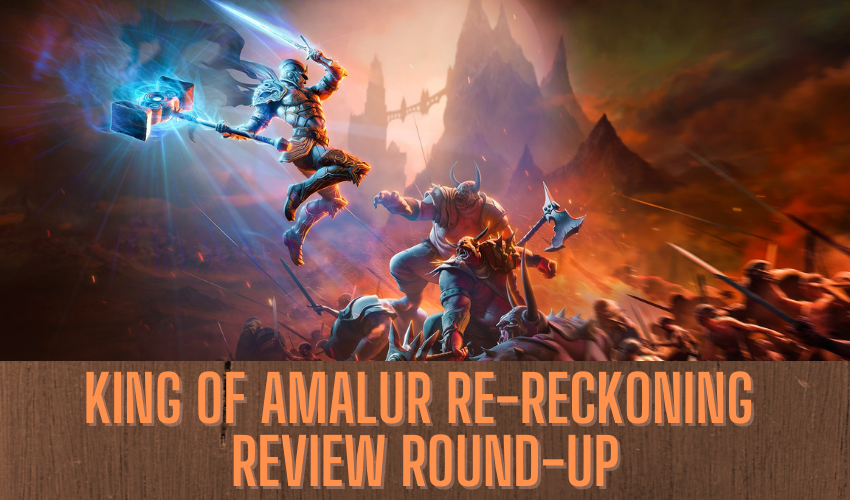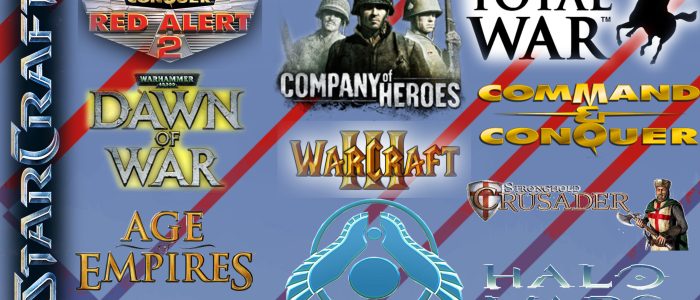Kingdoms of Amalur Re-Reckoning: Game Review

Kingdoms of Amalur Re-Reckoning: Game Review
Back in 2012 a new fantasy RPG was released into the realms of gaming; Kingdoms of Amalur: Reckoning. The game had a single player set up, in a fantasy MMO world with several different regions to explore, different ways to build your character, and a range of fantasy races depicted throughout.
After Eight years, THQ Nordic has brought the franchise back with a remaster called Kingdoms of Amalur: Re-Reckoning, reviving the foundations of this fantasy world. The Kingdoms of Amalur are at war when the game starts. An extremist sect of immortal beings called the Tuatha seeks to exterminate the mortal races — various humans, elves, and gnomes and because the Tuatha naturally reincarnate after death, this is a war the mortal races are sure to lose.
Amalur’s gameplay – particularly its combat – is still its strongest aspect. It’s a satisfyingly arcadey take on RPG combat, more reminiscent of the God of War series (or perhaps even something by FromSoftware on harder difficulties) than contemporaries like Skyrim or Dragon Age. Timing and skill are almost as important as the abilities you’ve selected or what weapons armor you’ve equipped That being said, its dynamic camera (that pulls back while there was a consistent challenge present right up to the final boss, it all felt a bit simplistic when compared to more modern games like 2018’s God of War or Sekiro (or even something like Horizon Zero Dawn), and I found my interest in mastering its limited nuances waning well before I reached the finale after some 40-odd hours.
The game’s menus and interface in today’s world look clunky and impractical. Inventory management – something you’ll do a lot of thanks to the frequency at which you’ll collect mountains of new gear – is constantly bogged down in closing one menu only to have to open another, even to do something as simple as select a primary and secondary weapon. Dialogue menus – which are basically just a list of nouns that you can pick to get an NPC to spout lore about that topic – take up two-thirds of the screen for what could easily have been 15 to 20%, maximum, and the “small HUD” option does nothing to help this. It only shrinks the map and stat bars to a nigh-illegibly small size. It’s not a modern redesign by any means.
Amalur has the same core gameplay loop as any Elder Scrolls game: You’ll explore vast environments and stumble upon bandit camps and dungeons full of enemies and treasure. You’ll be sidetracked by people in small towns who need you to solve their problems. Along the way, you learn a lot about the world and the people in it.
As your character levels up, skill points can be assigned to abilities such as sagecraft, alchemy, blacksmithing, dispelling, and mercantile. You kind of have to decide early on which ones of these you want to focus on before investing points, so they complement your character build. Your character fate style can also be changed to give access to different perks such as increased mana or better melee weapon damage.
The third-person perspective and action-heavy combat, however, feel much closer to the original God of War games. This is especially the case with Amalur’s awesome quicktime sequences. When the Fateless One enters a superpowered “Reckoning Mode,” they can “Fateshift” enemies out of sync with their Destiny in a way that destroys them so thoroughly they cease to exist — even if they’re Tuatha.
Conclusion
Kingdoms of Amalur: Reckoning was once a game too big to fail, with lofty ambitions of expanding the world into a full-on action MMORPG (codenamed “Project Copernicus”) that might rival World of Warcraft. And while the original game was a modest and persisting success, the studio that made it was a total failure.
Now, more than eight years later, Amalur has a second chance to resurrect lofty ambitions for an ongoing universe that, in our wildest dreams, could one day include that action MMORPG. THQ Nordic now owns the full IP, so in theory, the company could do whatever they want with it. Books, animated Netflix series, sequel games, and even that MMO are all possible. Kingdoms of Amalur Re-Reckoning is a good solid remaster, just don’t expect much to have changed compared to the original. The world is as magical fantasy as you could get, and it really does draw you in, but some technical issues and a number of repetitive quests can dull the otherwise colourful experience.
On some levels, Kingdoms of Amalur: Re-Reckoning is still a worthwhile RPG to hack and slash your way through, even if this remaster doesn’t go above and beyond the bare minimum expectations. But while the ideas and mechanics that make games like Red Faction: Guerilla and Burnout feel special are still largely singularly unique to them, almost everything that made Amalur stand out in its day has become standard fare for just about any RPG to come out in the past decade. Its fast-paced action still entertains, for the most part, and there’s plenty to see and do in its big world – but after almost a decade of innovation and improvements, it no longer feels particularly extraordinary, and the technical issues it does have are far less excusable. Re-Reckoning is a good reminder of what made the original so great for its time but, more importantly, it’s a testament to how far we’ve come in the decade since.



